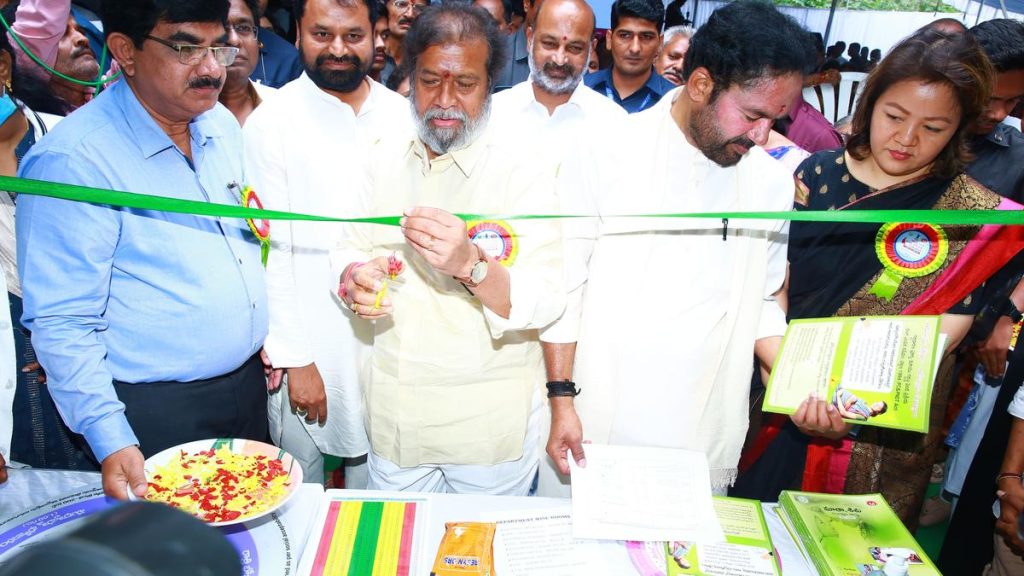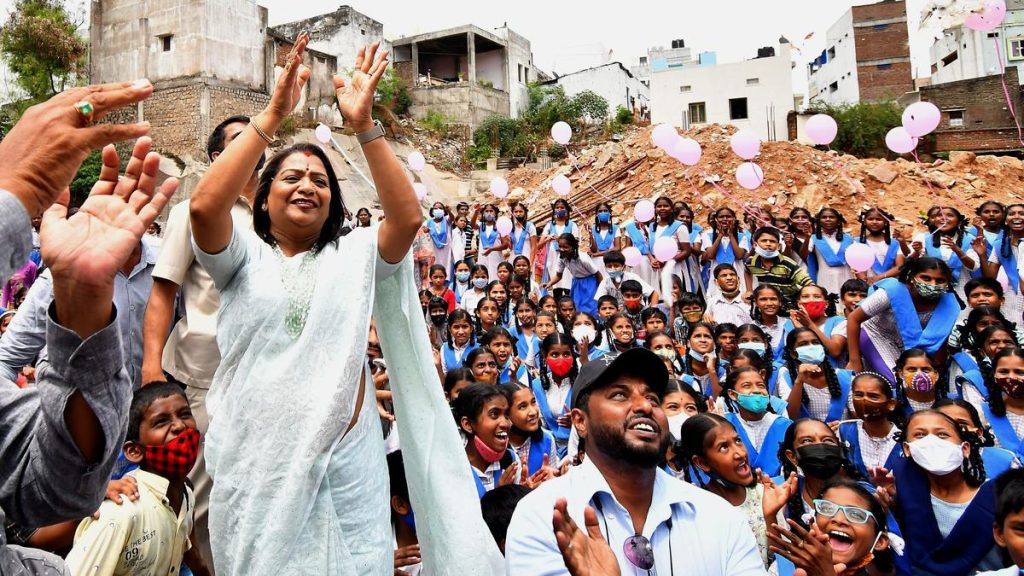Now Reading: Wealth Gap Shapes Quest for Centenarian Milestone in India
-
01
Wealth Gap Shapes Quest for Centenarian Milestone in India
Wealth Gap Shapes Quest for Centenarian Milestone in India

Quick Summary
- Rising Centenarians: The global number of centenarians was nearly half a million in 2015, over four times more than in 1990. This figure is projected to rise to 3.7 million by 2050.
- Drivers of Longevity: Advances in medicine and understanding body optimization contribute substantially to increased lifespans.
- Health Inequality:
– In the UK, residents of wealthier areas experience up to 18 more years in good health compared to those in poorer regions-disparities increasing over the last decade (22% for men, 17% for women).
– In the US, life expectancy gaps between Asian Americans and Native American groups grew from 12.6 years (2000) to 20.4 years (2021).
– India also faced widening inequalities during COVID-19; high-caste Hindus saw life expectancy drop by just 1.3 years while Indian Muslims lost up to 5.4 years.
- The article calls for equitable access to nutrition, housing, and poverty alleviation as solutions.
“Globally, the number of centenarians is expected to reach 3.7 million by 2050.”
Indian Opinion analysis
The increasing lifespan globally reflects remarkable technological strides but also underscores systemic socio-economic inequalities that directly impact health outcomes across demographics-a challenge not unique to India but deeply felt within its diverse population structure.
In India’s context, COVID-driven disparities highlight existing fractures tied largely to caste systems and economic positioning. While India’s healthcare infrastructure has improved substantially-with efforts like Ayushman Bharat aimed at worldwide access-the gaps during crises reveal underlying issues that need sustained attention beyond pandemics.
Addressing these inequities will require policy measures prioritizing education on preventive care alongside accessible healthcare systems targeting marginalized groups across all socio-economic classes.
Ensuring meaningful reforms now can strengthen future generations’ opportunities not just for longevity but a quality “healthspan.” Longevity must reflect inclusivity-translated through investments into public infrastructure capable of bridging barriers rooted both historically and structurally within communities.



























